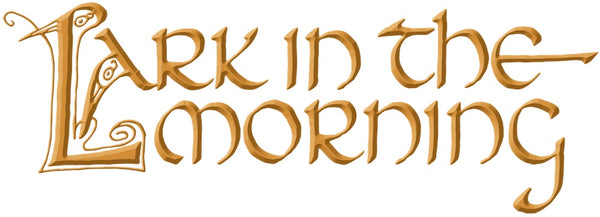Articles
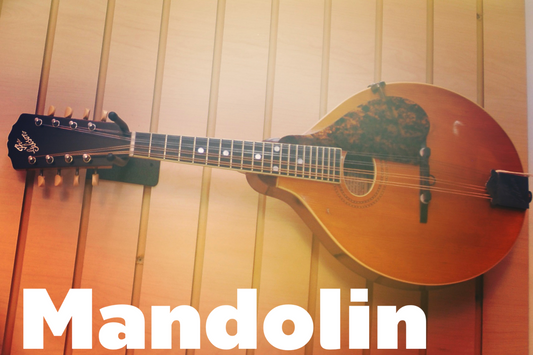
The Mandolin – Origins and Modern Developments
The mandolin is a chordophone, producing sound from the vibration of 8 strings, which are tuned in pairs. The mandolin is one of the smaller members of the lute family,...
The Mandolin – Origins and Modern Developments
The mandolin is a chordophone, producing sound from the vibration of 8 strings, which are tuned in pairs. The mandolin is one of the smaller members of the lute family,...
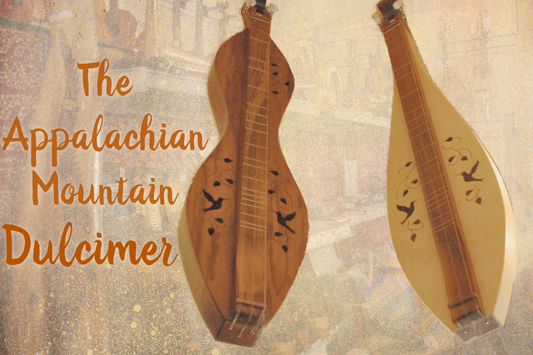
Playing the Appalachian Mountain Dulcimer
The Appalachian Mountain Dulcimer is one of the most accessible stringed instruments to pick up and play. This zither with diatonic fretting is traditionally played on the lap. Much of...
Playing the Appalachian Mountain Dulcimer
The Appalachian Mountain Dulcimer is one of the most accessible stringed instruments to pick up and play. This zither with diatonic fretting is traditionally played on the lap. Much of...
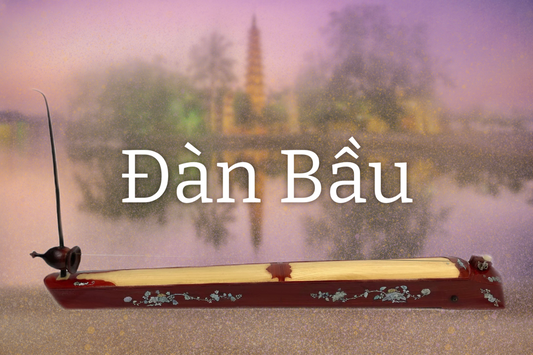
The Đàn Bầu – One String, Many Tones
The đàn bầu is a traditional Vietnamese monochordal zither instrument. Although the đàn bầu appears simple in design, and skillful playing of the instrument is so fluid as to seem...
The Đàn Bầu – One String, Many Tones
The đàn bầu is a traditional Vietnamese monochordal zither instrument. Although the đàn bầu appears simple in design, and skillful playing of the instrument is so fluid as to seem...
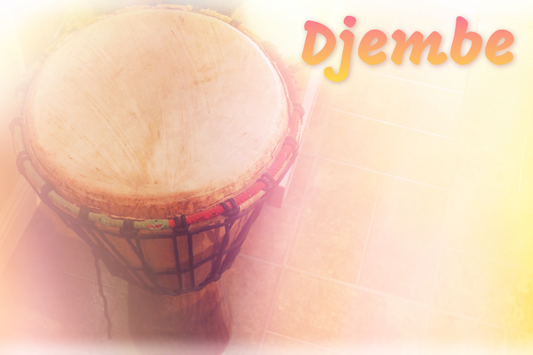
Djembe – An Instrument of Peaceful Gathering
The djembe is a rope-tuned, skin-covered hand drum with a goblet shape. The instrument is associated with the Mali Empire of 1230 CE, when King Sundiata ruled over the Mandinka...
Djembe – An Instrument of Peaceful Gathering
The djembe is a rope-tuned, skin-covered hand drum with a goblet shape. The instrument is associated with the Mali Empire of 1230 CE, when King Sundiata ruled over the Mandinka...
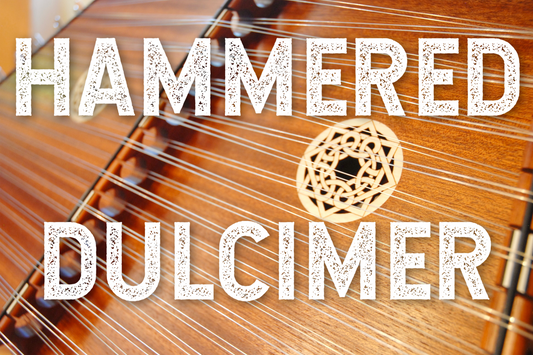
Hammered Dulcimer – Portable Predecessor of the...
The hammered dulcimer is one of the oldest stringed instruments. Generally regarded as a kind of psalterium to be struck rather than plucked, this trapezoidal zither most likely originated in...
Hammered Dulcimer – Portable Predecessor of the...
The hammered dulcimer is one of the oldest stringed instruments. Generally regarded as a kind of psalterium to be struck rather than plucked, this trapezoidal zither most likely originated in...

Sheng – The Harmonious Chinese Mouth Organ
The sheng (笙) dates back to at least the 12th century BCE, and is one of the first instruments to make use of a free reed. Because the sheng is...
Sheng – The Harmonious Chinese Mouth Organ
The sheng (笙) dates back to at least the 12th century BCE, and is one of the first instruments to make use of a free reed. Because the sheng is...
